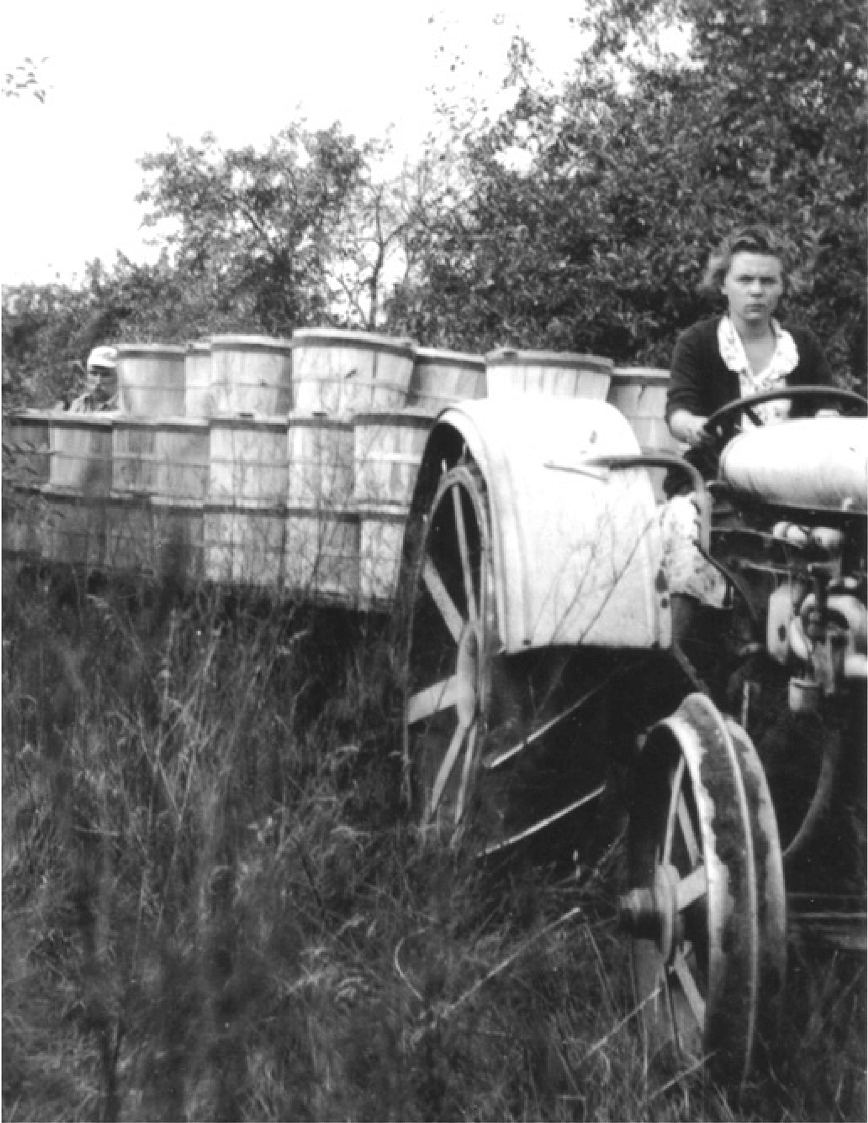Americas
CIMMYT has several offices in the Americas, including global headquarters in Mexico and a regional office in Colombia. Activities are supported by an additional 140 hectares of stations in diverse agro-ecological zones of Mexico. CIMMYT’s genebank in Mexico stores 27,000 maize and 170,000 wheat seed collections – key to preserving the crop genetic diversity of the region. CIMMYT projects range from developing nutritionally enhanced maize to mapping regional climate change hot spots in Central America. The comprehensive MasAgro project aims to increase wheat production in Mexico by 9 million tons and maize production by 350,000 tons by 2030. CIMMYT promotes regional collaboration and facilitates capacity building for scientists, researchers and technicians.
Creative solutions for Latin American agriculture
 Capacity development
Capacity development
Nele Verhulst, Strategic Research Coordinator of the Global Conservation Agriculture Program (GCAP), led CIMMYT’s 21st International Training Course on Conservation Agriculture from 25 May-26 June. A total of 132 people have taken the course since its inception. This year, participating researchers from Guatemala, Peru, Ecuador and Mexico were trained in sustainable technologies and conservation agriculture (CA).
New technologies to increase coffee-maize system profitability
 Capacity development
Capacity development
To demostrate the advances of the project “Increasing the profitability of maize-coffee systems” conducted by CIMMYT in Colombia over the past 10 years in collaboration with the National Federation of Colombian Coffee Producers (FEDERECAFE, Spanish acronym), two field days were held at the Paraguaycito–Quindío (29 April) and La Catalina–Risaralda (7 May) Experiment Stations belonging to CENICAFE, FEDERECAFE’s research unit. At these events, attended by 158 representatives of the Local Coffee Growers’ Committees and the National Federation of Cereal Growers (FENALCE, Spanish acronym), the latest advances in the areas of climate change, agronomy and genetic improvement were presented.*
Maize protects Colombian coffee from climate change
 Climate adaptation and mitigation
Climate adaptation and mitigation
Preliminary results have shown that a maize-coffee cropping system acts like a huge atmospheric carbon sink, capturing up to 60 times more carbon than a coffee-bean system during one cycle of the associated temporary bean crop. In addition, maize creates a more adequate microclimate for coffee’s growth and development because it reduces air temperature, helps to maintain soil moisture and decreases daytime-nighttime soil temperature fluctuations. This has a buffer effect that benefits soil biochemical processes and improves crop productivity.
SUPER WOMAN: Candice Gardner plays major role in preserving U.S. maize diversity
 Gender equality, youth and social inclusion
Gender equality, youth and social inclusion
SUPER WOMAN: Jennifer Brito’s “tortillas verdes” improve maize nutritional value
 Gender equality, youth and social inclusion
Gender equality, youth and social inclusion
Super woman: Rosalind Morris an “outstanding wheat cytogeneticist”
 Gender equality, youth and social inclusion
Gender equality, youth and social inclusion
She conducted genetic studies with worldwide importance in explaining wheat genetics.
SUPER WOMAN: Nobel winner Barbara McClintock discovered “jumping genes”
 Gender equality, youth and social inclusion
Gender equality, youth and social inclusion
SUPER WOMAN: Julie Miller Jones dispels myths that wheat protein is unhealthy
 Gender equality, youth and social inclusion
Gender equality, youth and social inclusion
A nutritionist outspoken about the negative consequences of gluten-free diets, shares her views.
SUPER WOMAN: Diane Holdorf promotes sustainability to support smallholders
 Gender equality, youth and social inclusion
Gender equality, youth and social inclusion
SUPER WOMAN: Jessica Rutkoski conquers math demons, finds success as wheat breeder
 Gender equality, youth and social inclusion
Gender equality, youth and social inclusion
In high school, Jessica Rutkoski was similar to many girls who suffer from the tedium and complexity of high school arithmetic – she avoided it.
SUPER WOMAN: Julieta Salazar boosts nutritional profile of maize in Guatemala
 Gender equality, youth and social inclusion
Gender equality, youth and social inclusion
Harnessing Mexico’s Sun: CIMMYT Installs 920 Solar Panels in Green Initiative
 Innovations
Innovations
CIMMYT is actively taking advantage of solar energy’s potential in Mexico.
World Food Prize laureate Rajaram honored at World Food Forum
 Climate adaptation and mitigation
Climate adaptation and mitigation
Sanjaya Rajaram, recipient of the 2014 World Food Prize, told more than 200 participants at the World Food Forum in Santiago, Chile, on 14 April, that he held hopes for a “second Green Revolution.”
Sculptor captures demeanor of Nobel laureate Norman Borlaug
 Nutrition, health and food security
Nutrition, health and food security
Artist Katharine McDevitt, creator of a new bronze representation of Nobel Peace Prize laureate Norman Borlaug, is fascinated by sculptures representing pre-Hispanic deities.
“First Lady of Wheat” in Mexico to celebrate her father, Norman Borlaug
 Gender equality, youth and social inclusion
Gender equality, youth and social inclusion
The late wheat breeder Norman Borlaug was so dedicated to his work that he was away from home 80 percent of the time, either travelling or in the field, recalls his daughter, Jeanie Borlaug Laube.
